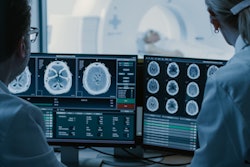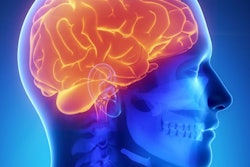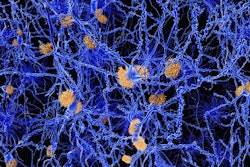
MRI could help clinicians predict the efficacy of stem cell treatment for a brain injury children may sustain during birth called perinatal hypoxic-ischemic brain injury (HII), according to a study published May 12 in Cell Reports.
The findings suggest a way to refine the use of stem cell treatments for this condition, said study co-author Dr. Evan Snyder, PhD, of Sanford Burnham Prebys Medical Discovery Institute in La Jolla, CA, in a statement released by the institute.
"In order for stem cell therapies to benefit patients, we need to be thoughtful and scientific about who receives these treatments," he said. "I am hopeful that MRI, which is already used during the course of care for these newborns, will help ensure that infants who experience perinatal hypoxic-ischemic brain injury get the best, most appropriate treatment possible."
Stem cell therapy is used to treat HII and to prevent further disease. But since neural stem cells protect living cells rather than replace already dead ones, clinicians must understand a patient's brain tissue health before performing a stem cell transplant.
In a previous preclinical study, Snyder and colleagues established that MRI could help evaluate whether using neural stem cells to protect newborns with acute HII from further brain damage would be effective. For this study, the group used MRI to measure two areas surrounding the injury in rats: the penumbra (which consists of mildly injured neurons), and the core (which consists of dead neurons).
The team found that rats with larger penumbras and smaller cores had better outcomes from neural stem cell therapy.
"This approach to brain lesion classification is a powerful patient stratification tool that allows us to identify newborns who may benefit from this stem cell therapy -- and protect others from undergoing unnecessary treatment," Snyder said. "Based on our findings, only newborns with a large penumbral volume in relation to core volume should receive a transplant of human neural stem cells."


.fFmgij6Hin.png?auto=compress%2Cformat&fit=crop&h=100&q=70&w=100)





.fFmgij6Hin.png?auto=compress%2Cformat&fit=crop&h=167&q=70&w=250)











